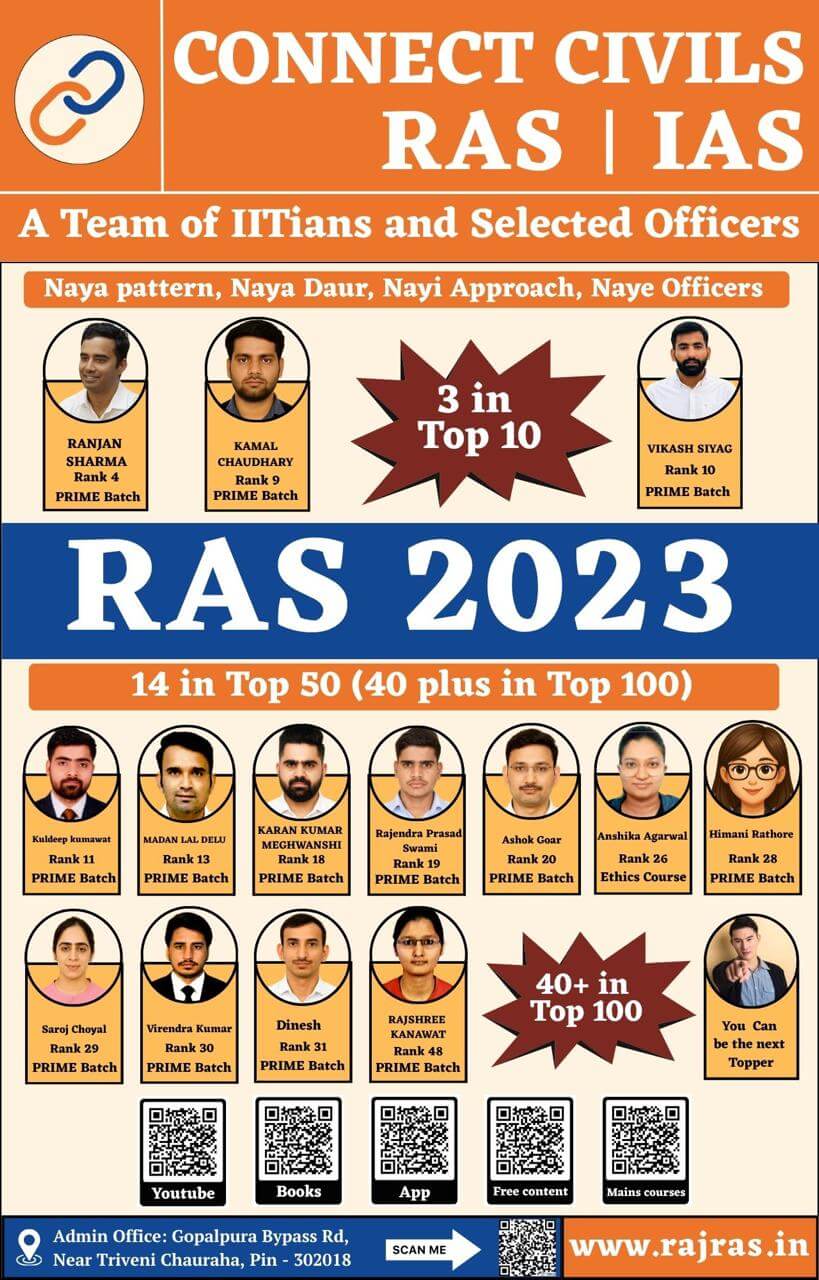On 8th May 2021, the Supreme Court formed a 12-member National Task Force for Oxygen Allocation across the nation. A bench headed by Justice DY Chandrachud set up the task force to assess and recommend the need and distribution of oxygen throughout India.
The task force will also provide a public health response on the basis of a scientific approach on issues of essential drugs, manpower and medical care to rural areas.
Background:
The apex court had expressed its dissatisfaction at the Centre’s earlier “oxygen-for-bed” formula. This “rough-and-ready” arrangement, as the court put it, was based on calculating the allotment of oxygen based on the number of ICU/non-ICU beds. The court, however, said the formula did not take into consideration the fact that many COVID-19 patients in dire need of oxygen do not get beds or were confined to home care.
A Bench led by Justice D.Y. Chandrachud, in a 24-page order released on Saturday, said the formula should be scrapped and the problem of allocation of oxygen required to be looked into afresh. A new mechanism devised more scientifically should take care of present requirement for oxygen as well as be flexible enough to accommodate “unforeseen demands due to emergencies which may arise within the allocated territories”.
“Different States may peak during different time… their needs for oxygen may vary,” Justice Chandrachud had pointed out. (Source)
Objective:
The 12-member National Task Force on Oxygen Allocation has been constituted to streamline and ensure the “effective and transparent” allocation of liquid medical oxygen on a “scientific, rational and equitable basis” to States and Union Territories fighting COVID-19.
The primary term of reference of the Task Force set out by the court includes:
- To assess and recommend the availability and distribution of medical oxygen across the country,
- Formulate a methodology for its equitable distribution,
- Recommend ways to augment the oxygen supply based on present and projected demands,
- Facilitate audits on whether supply is reaching its destination in States,
- Check ffficacy of distribution networks,
- Transparent distribution of available oxygen stocks, among others.
Composition of National Task Force for Oxygen Allocation
The task force includes 12 members with:
- Union Cabinet Secretary as the Convenor
- Secretary, Ministry of Health and Family Welfare, Government of India (ex officio member).
- A team of 10 Doctors including:
- Dr Bhabatosh Biswas, former vice-chancellor, West Bengal University of Health Sciences, Kolkata.
- Dr Devender Singh Rana, chairperson, board of management, Sir Ganga Ram Hospital, Delhi.
- Dr Devi Prasad Shetty, chairperson and executive director, Narayana Healthcare, Bengaluru.
- Dr Gagandeep Kang, professor, Christian Medical College, Vellore, Tamil Nadu
- Dr JV Peter, director, Christian Medical College, Vellore, Tamil Nadu
- Dr Naresh Trehan, chairperson and managing director, Medanta Hospital and Heart Institute, Gurugram.
- Dr Rahul Pandit, director, critical care medicine and ICU, Fortis Hospital, Mulund (Mumbai, Maharashtra) and Kalyan (Maharashtra).
- Dr Saumitra Rawat, chairman and head, department of surgical gastroenterology and liver transplant, Sir Ganga Ram Hospital, Delhi.
- Dr Shiv Kumar Sarin, senior professor and head of department of Hepatology, Director, Institute of Liver and Biliary Science (ILBS), Delhi
- Dr Zarir F Udwadia, consultant chest physician, Hinduja Hospital, Breach Candy Hospital and Parsee General Hospital, Mumbai
The National Task Force on Oxygen Allocation is to start work immediately and has an initial life-span of six months. The court urged the Task Force to take up and determine the “pressing issue” of the modalities of oxygen within a week. The Force is free to draw human resources from various designated governmental sources. Public health institutions, government facilities and private hospitals have to cooperate with the Task Force.
State Audit Groups:
The audits in States would be done by sub-groups or committees comprising:
- A Secretary to the State Government,
- An Additional/Joint Secretary to the Central government,
- Two medical doctors in the State/UT concerned including at least one with administrative experience of managing the medical facilities of a hospital;
- A Petroleum and Explosives Safety Organisation representative.
Audit Group for GNCTD
Additionally, the Court has also formed an Audit group for Delhi. The audit group includes Dr Randeep Guleria, Dr Sandeep Budhiraja and one IAS officer each from Union and Delhi government. The audit group will examine supply and efficacy of distribution of oxygen by the government of national capital territory of Delhi (GNCTD)


